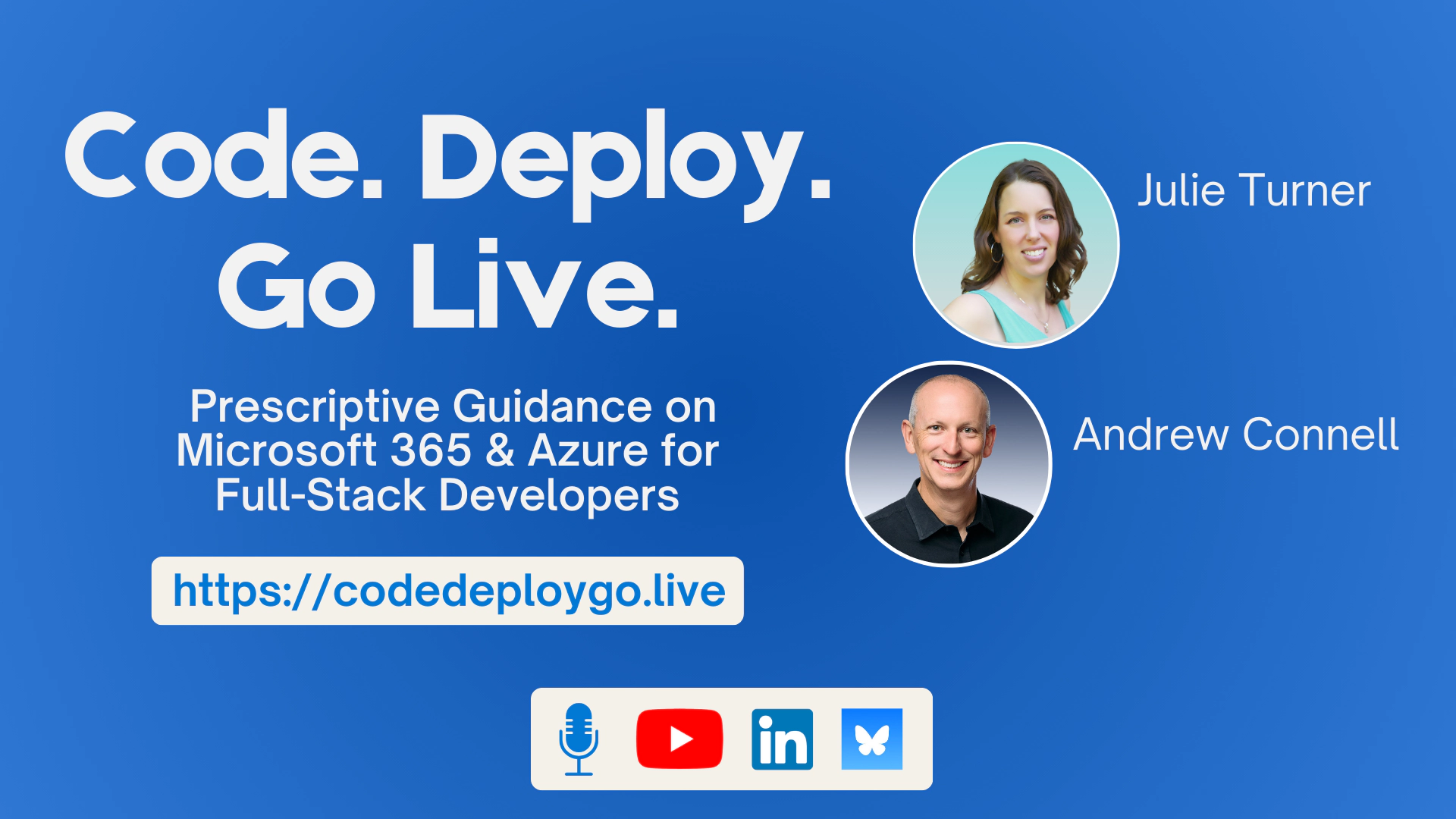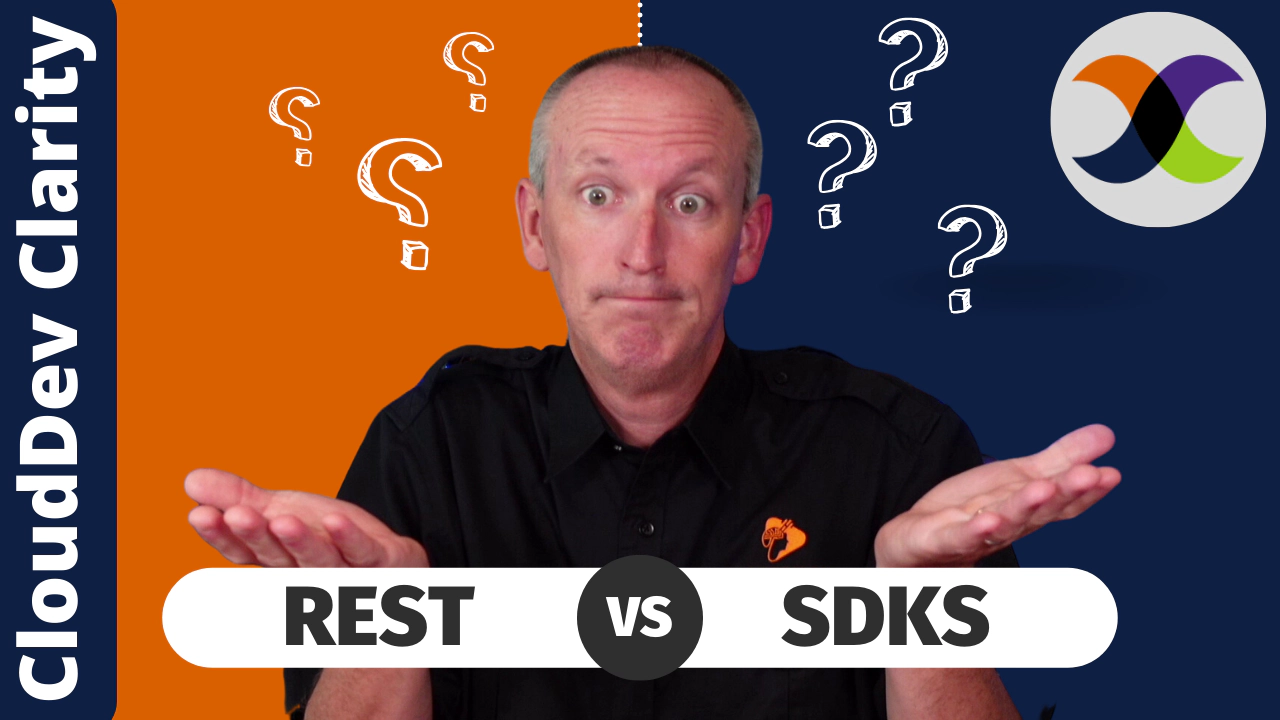Blog: Code. Deploy. Go Live. - A Podcast for Full-Stack Developers
I’m thrilled to announce my new podcast with my co-host Julie Turner, focused on full-stack web development! Start listening to the first six episodes today!
Read moreBlog: CloudDev Clarity | Episode 10 - State of JavaScript 2022
In episode 10 of CloudDev Clarity, Julie and Andrew recap and offer thoughts on the 2022 State of JavaScript Survey.
Read moreBlog: CloudDev Clarity | Episode 9 - React Hooks
In this 9th episode, Andrew & Julie join the great debate of React class components or React Hooks. We define what the differences are and make sure we address some listener questions submitted all while sharing our unique perspectives on the question.
Read moreBlog: CloudDev Clarity | Episode 8 - Introducing Browser Native
Episode 8 of CloudDev Clarity introduces Browser Native; a new series co-hosted by Julie Turner & Bob German for developers about native browser features.
Read moreBlog: CloudDev Clarity | Episode 7 - React, Angular, & web frameworks: good, bad, and ugly!
In our 7th episode of CloudDev Clarity, we cover web frameworks & review the results of the 2021 State of JavaScript survey while offering up our opinions.
Read moreBlog: CloudDev Clarity | Episode 6 - Our favorite Azure resources
In episode 6 of CloudDev Clarity, Julie and Andrew share some of their favorite & most frequently used Azure resources, including why and how they use them.
Read moreBlog: CloudDev Clarity | Episode 5 - Why you should lint your code
In episode 5 of CloudDev Clarity, Andrew & Julie cover linting your code - pros, cons, and when different levels of linting should be applied to projects.
Read moreBlog: CloudDev Clarity | Episode 4 - Developer Dilemma: REST v SDK
In this 4th episode, Andrew & Julie tackle the long-running debate: should you use an SDK or go straight to the source and use a REST endpoint!
Read moreBlog: CloudDev Clarity | Episode 3 - Intro Host Andrew Connell
In 3rd episode, Julie & Andrew introduce themselves so you can get to know who’s behind this show. In this episode, meet Andrew!
Read moreBlog: CloudDev Clarity | Episode 2 - Intro Host Julie Turner
In 2nd episode, Julie & Andrew introduce themselves so you can get to know who’s behind this show. In this episode, meet Julie!
Read moreBlog: CloudDev Clarity | Episode 1 - New show by Julie Turner & Andrew Connell
Today I’m excited to share a new regular show: CloudDev Clarity. In this show, Julie Turner & Andrew Connell discuss topics for Microsoft 365 & Azure developers.
Read moreBlog: Don't freak out by vulnerabilities after running npm install
I have seen questions since the folks at npm added an automatic scan for vulnerabilities after every npm install. In my opinion you shouldn’t be alarmed.
Read more










